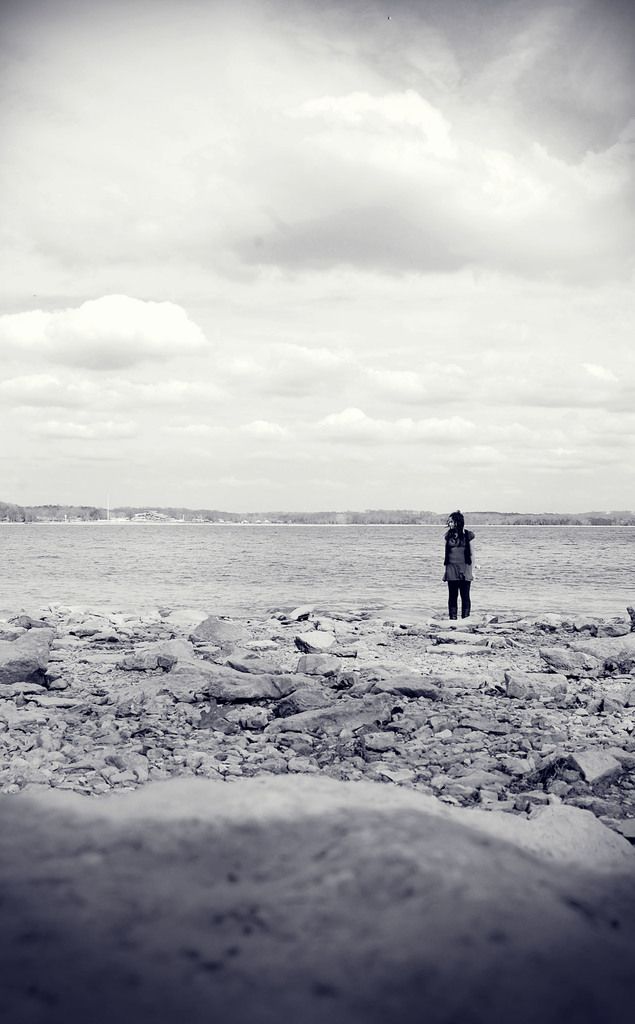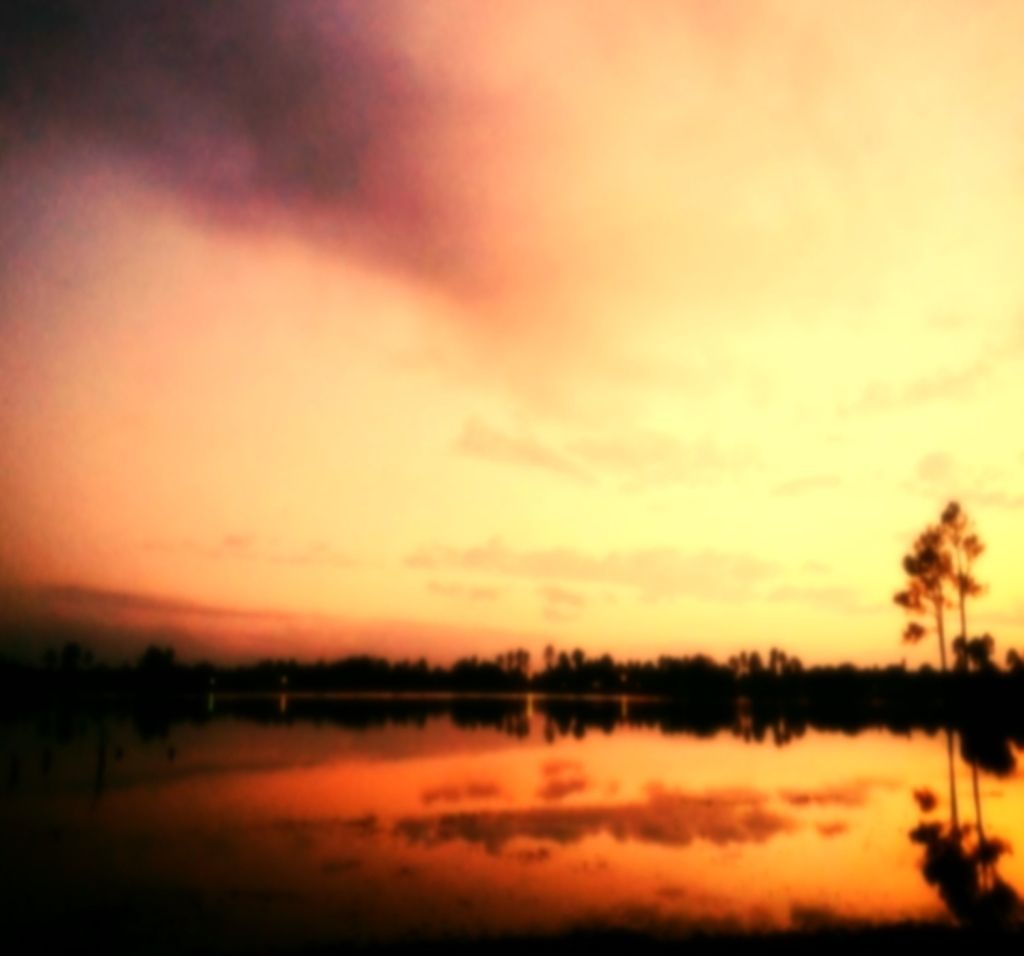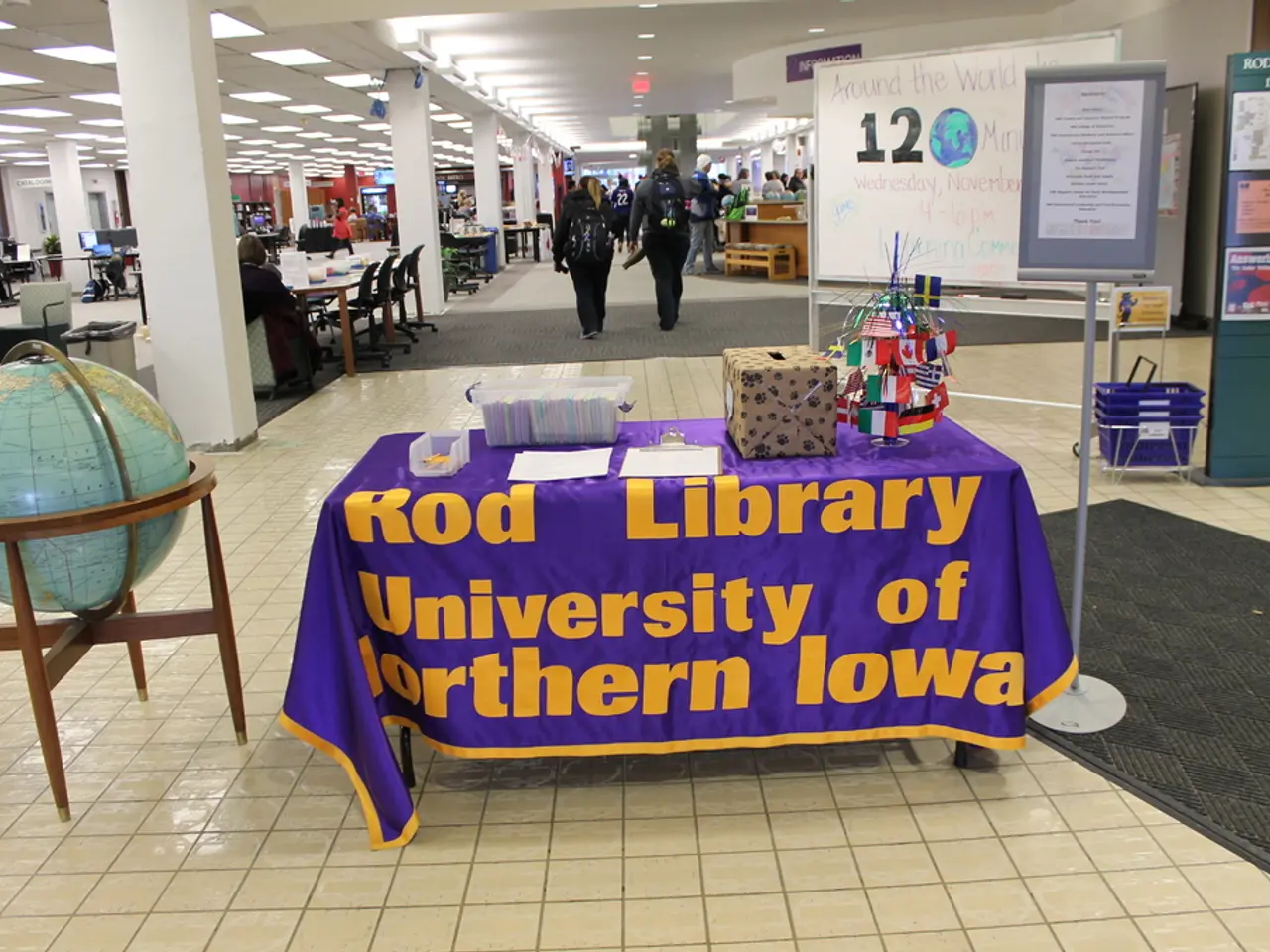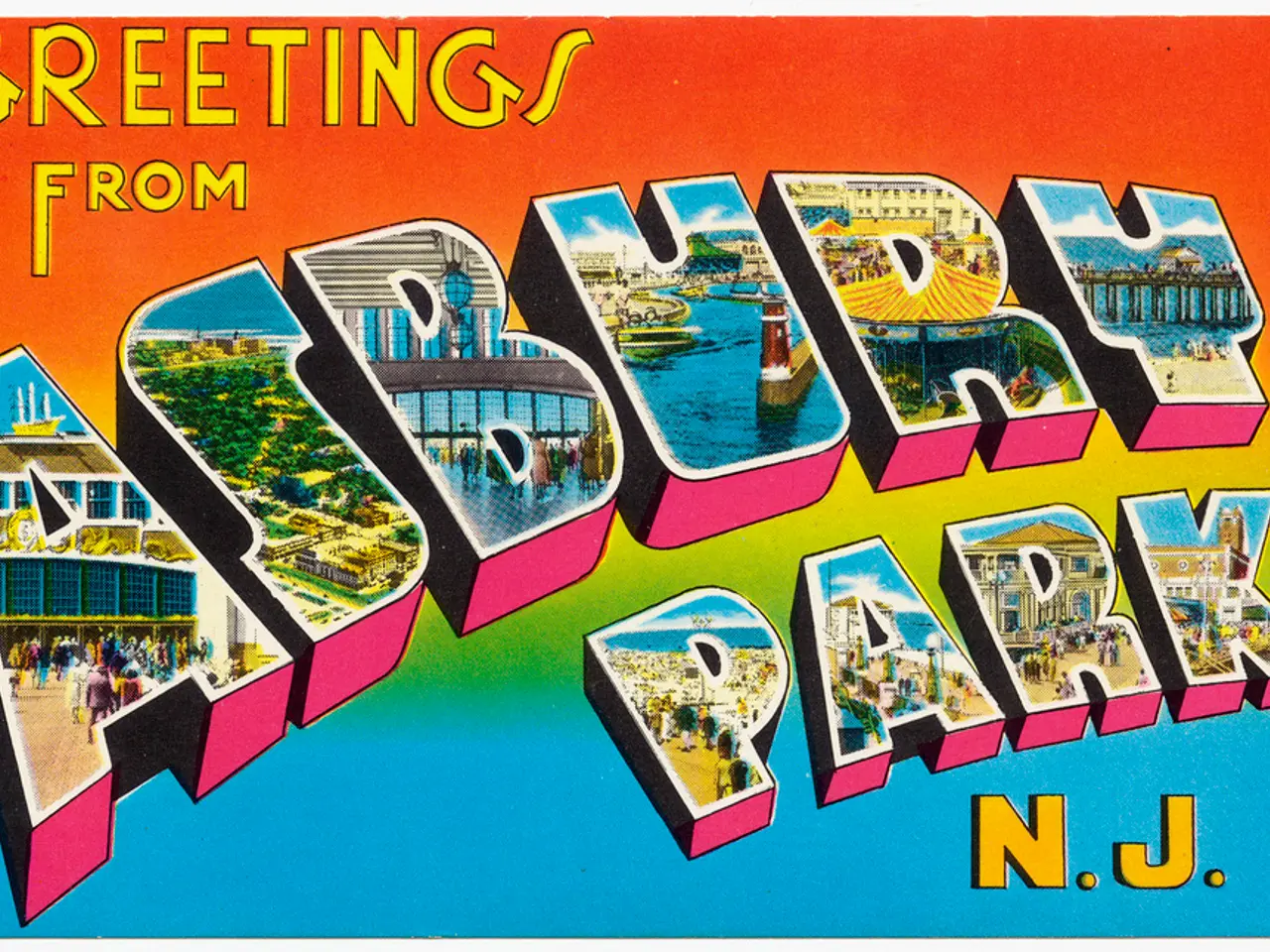Scenery of Phnom Penh, the Capital City of Cambodia
Rewritten Article:
Step into Phnom Penh, the pulsating heart of Cambodia, situated at the junction of the Mekong and Tonle Sap rivers. This vibrant city serves as a melting pot of traditional charm and modern charisma, forging a lively ambience that tantalizes the senses. (Photo: Xinhua)
Let's take a peek at the cityscape of Phnom Penh, captured in this April 14 photograph. The blissful city, emblematic of the Kingdom of Cambodia, cozily rests at the confluence of the Mekong and Tonle Sap rivers. The harmony of traditional architecture and contemporary structures endows the city with an alluring energy. (Photo: Xinhua)
Join us for another stunning image, this time showcasing the majestic Royal Palace. Perched in Phnom Penh, this palace symbolizes the enduring spiritual and political authority of the monarchy, skillfully blending Khmer aesthetics with French styles acquired during Cambodia's colonial period. (Photo: Xinhua)
The spirit of Cambodia unfolds vividly during festive celebrations, like the Cambodian New Year, as our April 14 photo depicts. Here, we find Phnom Penh reveling in the New Year's blessings, embodying the effervescence of Cambodia's cultural identity. (Photo: Xinhua)
Phnom Penh's architectural and cultural importance stems from its role as a custodian of Cambodia's history and a dynamic urban hub where traditional and modern elements intertwine. Here's how these aspects contribute to its allure:
Architectural Indeedness
- Regal Residence: The Royal Palace Complex, established in the 1860s by King Norodom, showcases Khmer and French architectural motifs, symbolizing Cambodia's adaptability during that era through its harmonious blend of architectural styles.
- Gilded Pagoda: Within the palace complex lies this dazzling structure, bedecked with over 5,000 silver tiles and home to national treasures such as a life-sized gold Buddha studded with diamonds, offering insight into Khmer craftsmanship and Buddhist devotion.
- Hallowed Paintings: Witness the breathtaking Ramayana murals in the Silver Pagoda, along with 19th-century temple paintings found in Wat Kompong Tralach Leu. These historic artworks preserve profound narratives of Buddhist cosmology and Khmer mythology, albeit with many lost during periods of conflict or strife.
Cultural Importance
- Spiritual Nexus: The Royal Palace and surrounding temples remain active sites for royal ceremonies and religious practices, serving as spiritual sanctuaries upholding Cambodia's cultural identity.
- Resilient History: Instruments like the Genocide Museum (though not directly mentioned in the search results) and other preserved landmarks stand testament to Cambodia's ability to honor its past and rebuild, nurturing hope and resilience among its people.
- Creative Legacy: Contemporary artistic expressions thrive alongside traditional crafts such as stone carving and textiles, demonstrating a dynamic cultural legacy that seamlessly transitions between centuries.
Marriage of Tradition and Modernity
- Contrasting Beauty: A captivating blend of established colonial-era buildings, like the Post Office, and modernist structures mix with red-roofed wat temples, creating a diverse urban palette that appeals to visitor's eyes and stirs civic pride.
- Economic and Social Lifeblood: Historic spaces, such as Central Market with its distinctive Art Deco design, and the dynamic Riverside developments, adapt to accommodate bustling commerce, nurturing local livelihoods and fostering cultural exchange.
- Guardians of the Past: Restoration projects safeguard traditional artistry, ensuring that traditional motifs and aesthetics are embraced in the contemporary world, as demonstrated by the ongoing faith placed in the Silver Pagoda and its priceless holdings.
By courting reverence for the past while opening themselves to future possibilities, Phnom Penh continues to thrive as a unique cultural tapestry that captivates tourists and residents alike.
- In the heart of Cambodia lies Phnom Penh, a city vibrant with life, settled at the confluence of the Mekong and Tonle Sap rivers, which will continue to intrigue travelers and general-news enthusiasts well into 2025.
- As we look toward the future, Phnom Penh's vitality can be seen in its architectural wonders like the Royal Palace, a convergence of Khmer and French styles that symbolize the city's rich history and its resilience in the face of adversity.
- The lifestyle in Phnom Penh is a harmonious blend of traditional charm and modern charisma, with contemporary structures standing alongside historical landmarks, such as Wat Kompong Tralach Leu, preserving profound narratives of Buddhist cosmology and Khmer mythology.
- This bustling city, emblematic of the Kingdom of Cambodia, offers a unique peek into the country's cultural identity, where scenes of traditional Khmer Buddhist practices intertwine with the sights and sounds of modern urban life.










